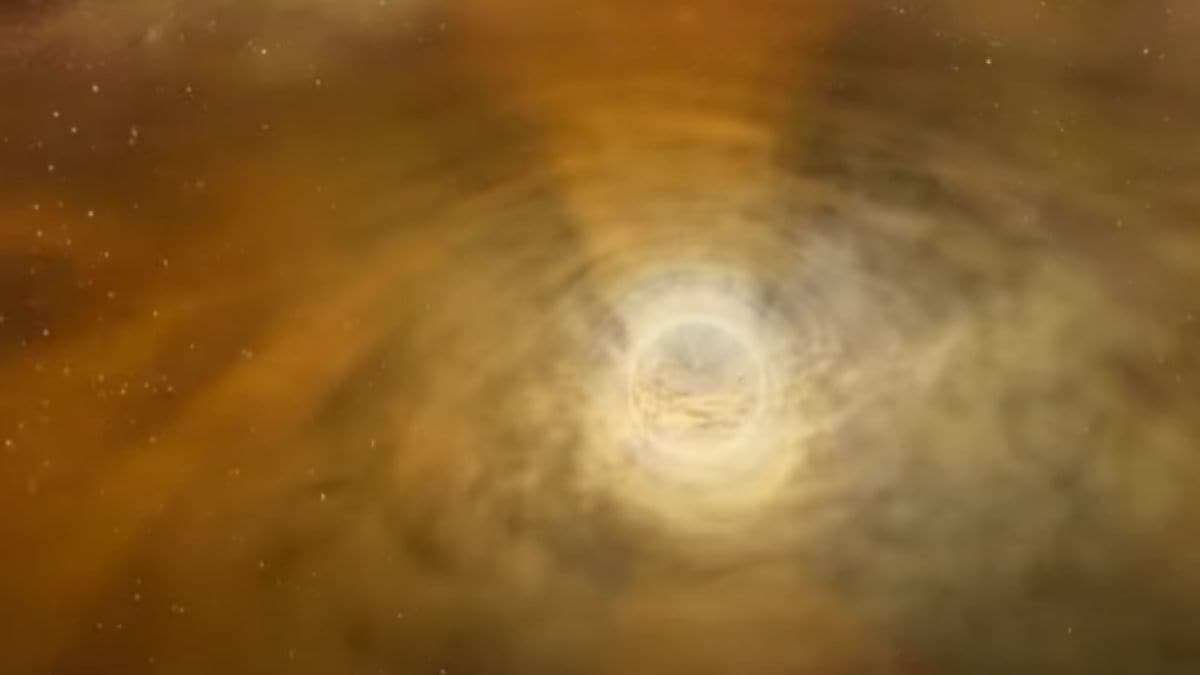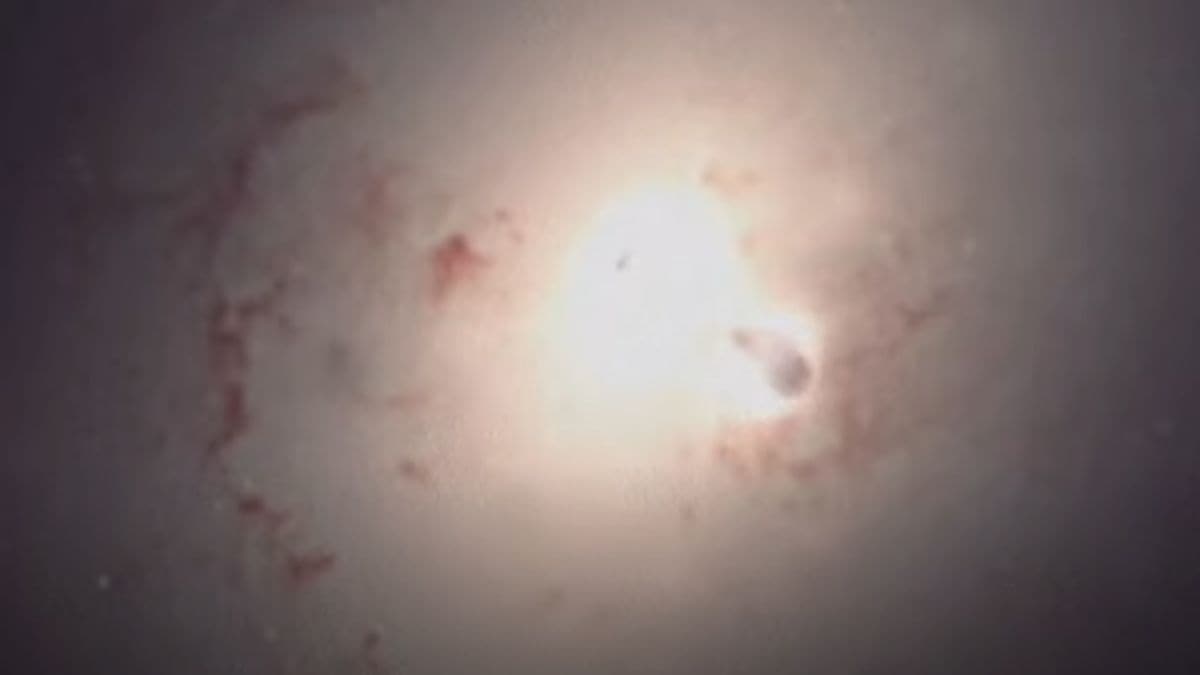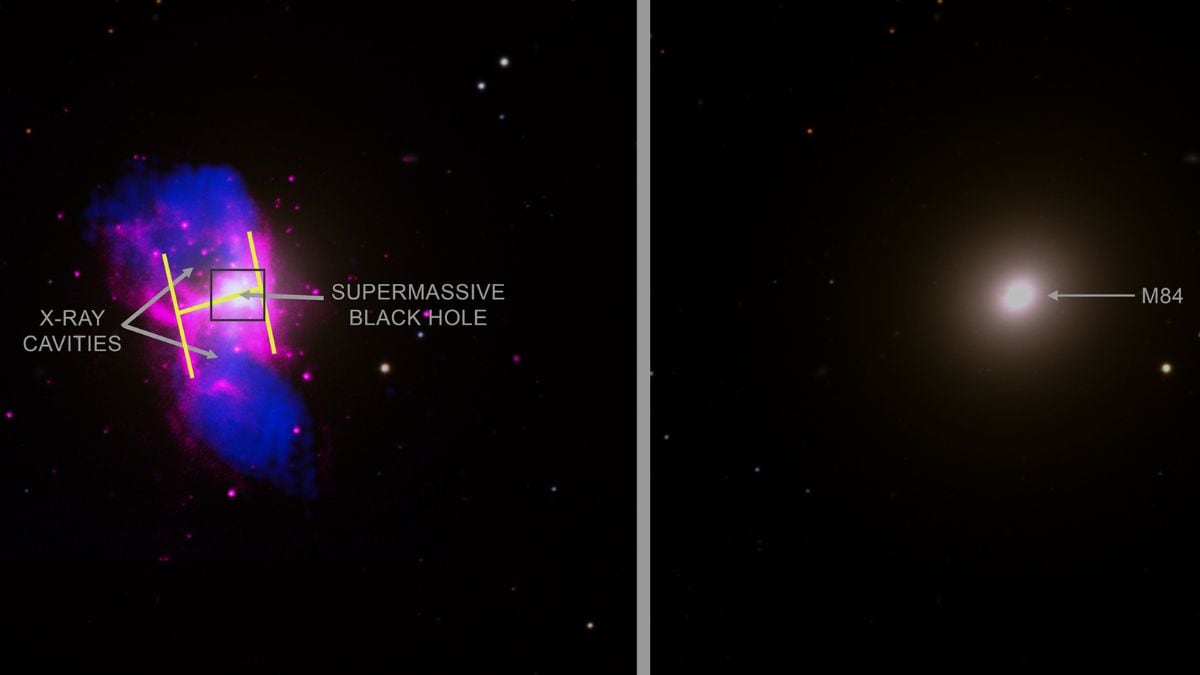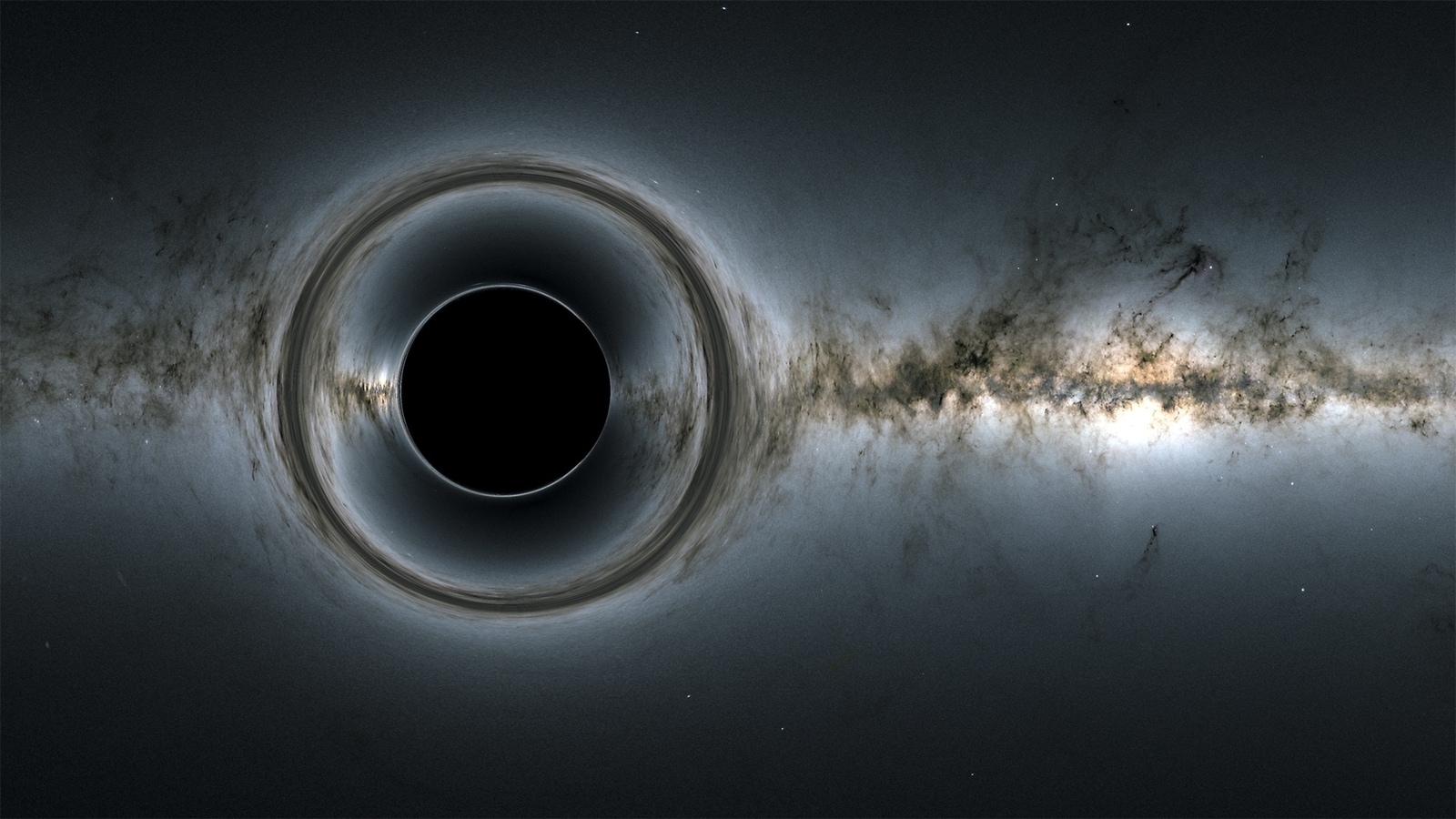Oppenheimer- How the 'father of the atomic bomb' contributed to the discovery of black holes
Did you know that Oppenheimer, the man who developed the atom bomb dropped on Japan during the second World War, played a significant role in the discovery of black hole?






 View all Images
View all ImagesToday when people are excited about the Oppenheimer movie and can only imagine J. Robert Oppenheimer as the ‘father of the atom bomb', very few people know that the astrophysicist also played a stellar role in other discoveries too. He conducted research on black holes even before they were discovered. He played a significant role in the discovery of black holes and described how the collapse of a massive star can lead to the formation of black holes.
Prior to his work at Los Alamos, New Mexico, in 1942, Oppenheimer was a prominent theoretical physicist focusing on quantum physics.
Research on Black hole
In collaboration with his colleague Hartland S. Snyder at the University of California, Berkeley, Oppenheimer published a research paper in 1939 titled "On Continued Gravitational Contraction." He showed how black holes could be born by using Einstein's general theory of relativity.
Oppenheimer's model described how a massive star could collapse under its own gravitational force, leading to the formation of a black hole. This work was the foundation to understand black hole as a dynamic astrophysical process and representing the final stage in the evolution of sufficiently massive stars. Notably, this model is still employed in modern astrophysical research.
Before starting the black hole research, Oppenheimer had already explored the topic of neutron stars in a 1938 paper. His interest in astrophysics continued with the incorporation of Einstein's general theory of relativity in a 1939. On September 1, 1939, Oppenheimer published another paper specifically dedicated to black holes. However, its significance was largely overshadowed as it coincided with the outbreak of World War II when Germany invaded Poland.
Despite his significant contributions to the field of black hole, Oppenheimer's legacy remains closely tied to his involvement in the development of the atomic bomb. His work on black holes and his pioneering collapse model, though often overlooked by the public, continues to influence and shape our understanding of the physical world.
Catch all the Latest Tech News, Mobile News, Laptop News, Gaming news, Wearables News , How To News, also keep up with us on Whatsapp channel,Twitter, Facebook, Google News, and Instagram. For our latest videos, subscribe to our YouTube channel.































